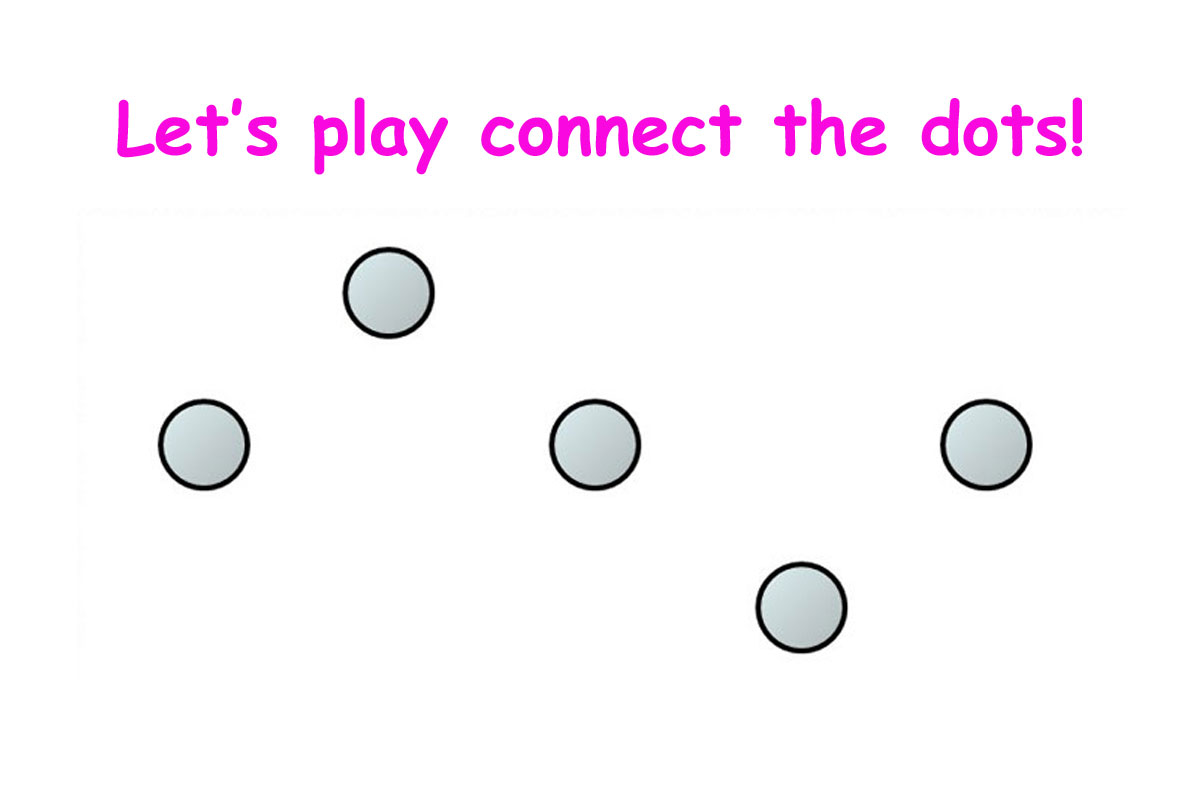Welcome to a lesson that illustrates the critical importance of momentum, preparation, and continuity in fluid technique…
A Thought Experiment
Imagine that each dot below represents a note in a legato phrase of music in all of its dimensions: sight, sound, thought, emotion, location on the piano keyboard, and position of your body parts in time and space…

And ask: What is the most musical way to connect each dot, both mentally and physically?
Let’s explore several options…
Option #1
Draw a straight line between each dot, starting and stopping at each place, both mentally and physically as follows…

This may seem reasonable, but it is a huge musical mistake for at least four reasons:
- It treats each dot as an isolated event, disconnected from the other events.
- The arrows start and stop on each dot.
- The arrows are not connected to each other as one idea.
- The trajectory is stiff and rigid and does not flow in time and space.
We can do better…
Option #2
Start on the first dot, then follow a curve that smoothly connects the dots until you stop on the last dot…

This is a vast improvement, because it connects the dots with a single curved arrow, but we can still do better…
Option #3
The idea here is to have some momentum before the first dot and to carry that momentum smoothly all the way through, not merely to, but through the last dot in a smooth and continuous trajectory!

This approach–where you are always anticipating, preparing, carrying momentum, and playing in whole phrases (not one-note-at-a-time)–naturally leads to mental and physical ease and therefore to beautiful music, guaranteed!

Leave a Reply